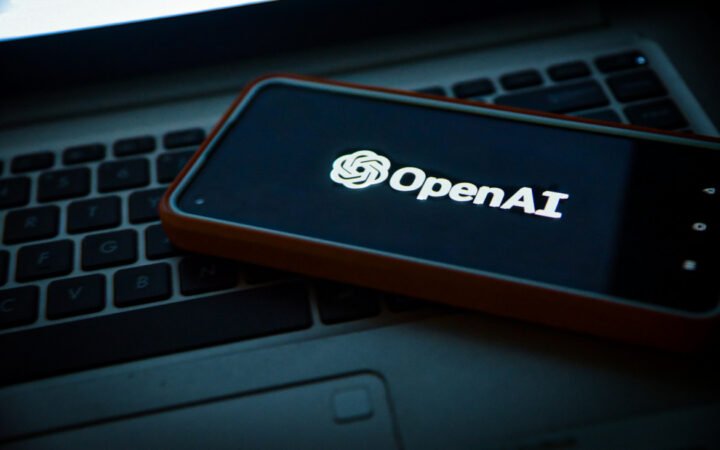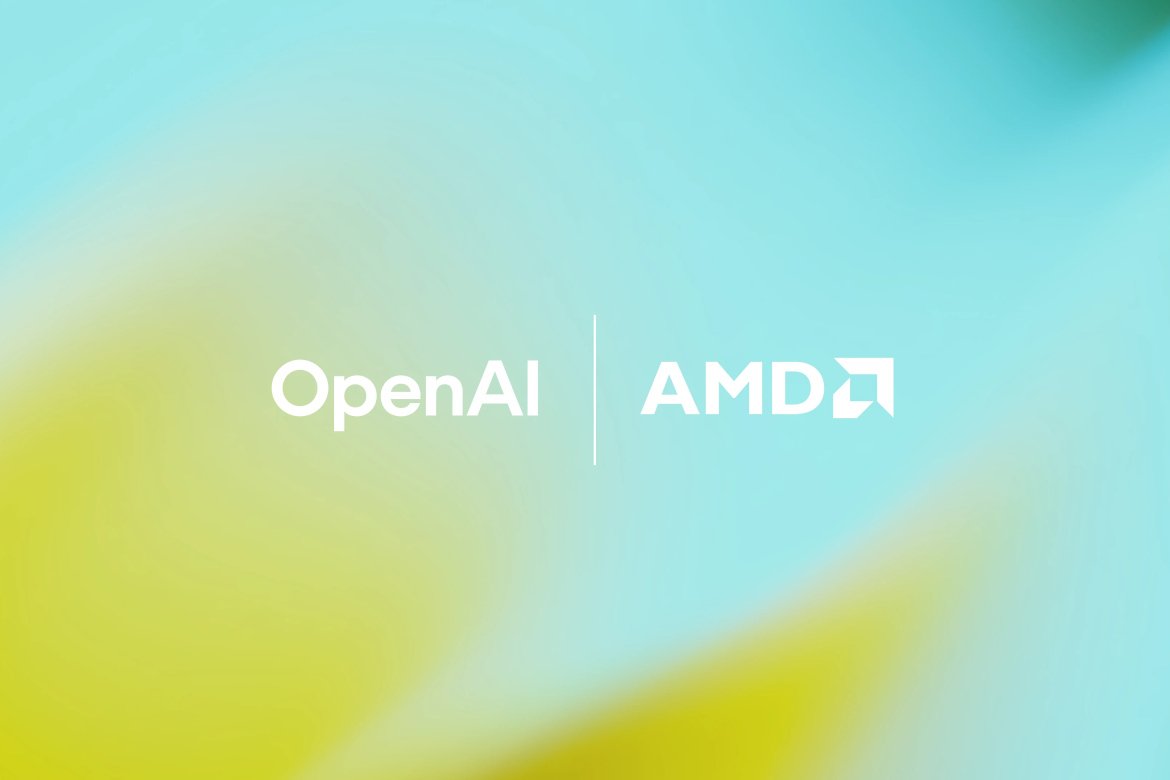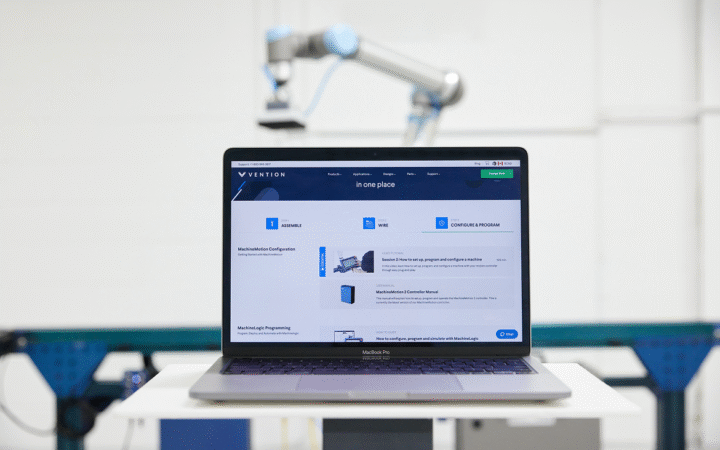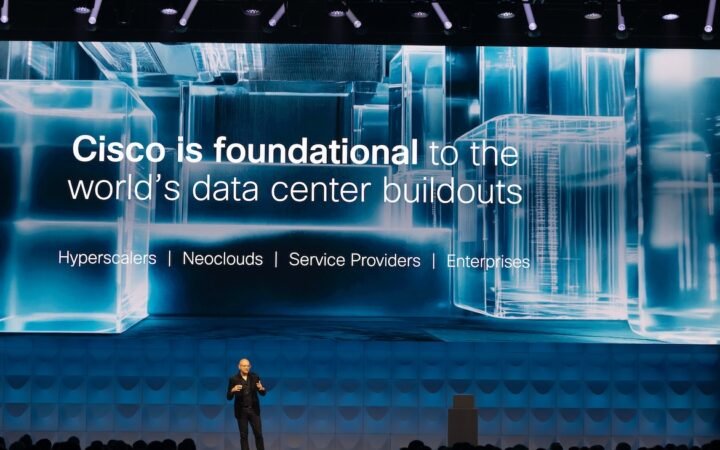
OpenAI has signed a multiyear chip supply partnership with AMD, securing access to advanced AI hardware and strengthening its infrastructure roadmap. The agreement includes delivery of AMD’s forthcoming Instinct MI450 chips, which are expected to be deployed starting in 2026.
“This partnership is a major step in building the compute capacity needed to realize AI’s full potential,” said Sam Altman, co-founder and CEO of OpenAI. “AMD’s leadership in high-performance chips will enable us to accelerate progress and bring the benefits of advanced AI to everyone faster.”
Under the terms, AMD will provide compute capacity equivalent to 6 gigawatts over the course of the deal, with an initial 1 gigawatt of deployment slated for the latter half of 2026.
OpenAI & AMD are partnering to deploy 6GW of AMD GPUs.
This enables OpenAI to scale next-gen AI infrastructure powered by AMD Instinct GPUs, beginning with a 1GW deployment in the second half of 2026.https://t.co/0A5hqs0c4z
— OpenAI Newsroom (@OpenAINewsroom) October 6, 2025
In addition, OpenAI has been granted a warrant to acquire up to 160 million shares of AMD — about 10% of the chipmaker’s outstanding shares — vested based on performance milestones and deployment metrics.
This deal signals OpenAI’s intent to diversify its chip supply beyond its existing reliance on Nvidia, responding to intense demand for AI compute and heightened competition in the semiconductor landscape. AMD’s stock reacted strongly, rising roughly 24% following the announcement.
Strategic Leverage & Infrastructure Scaling
For OpenAI, the AMD partnership is not just about securing hardware — it’s about ensuring capacity, control, and resilience in a fast-growing AI compute market. By locking in chip access now, OpenAI mitigates risks from global supply constraints, delays, or overdependence on any single supplier.
“Our partnership with OpenAI is expected to deliver tens of billions of dollars in revenue for AMD while accelerating OpenAI’s AI infrastructure buildout,” said Jean Hu, EVP, CFO and treasurer, AMD. “This agreement creates significant strategic alignment and shareholder value for both AMD and OpenAI and is expected to be highly accretive to AMD’s non-GAAP earnings-per-share.”
The warrant to acquire shares aligns AMD and OpenAI’s interests: as OpenAI scales deployment, AMD’s valuation stands to benefit. This structure could foster deeper collaboration going forward, including co-designing or optimising chip performance for AI workloads.
Meanwhile, AMD gains a powerful anchor customer and credibility in the AI infrastructure domain, competing more directly with Nvidia in the high-stakes GPU race. The deal gives AMD visibility into next-generation AI demand curves and access to capital from OpenAI’s option to acquire equity.
Risks, Implications & What’s Ahead
The scale of this commitment brings challenges. Delivering consistent performance across large compute deployments, ensuring reliability, and integrating with OpenAI’s existing architecture are nontrivial tasks. Any delays or underperformance by AMD could ripple into OpenAI’s product timelines.
On the financial side, the warrant structure places dependency on performance metrics and deployment scale; if expectations are not met, OpenAI might not convert the full stake. For AMD, building capacity at this scale requires massive capital, energy, cooling, and supply chain robustness.
The broader implication is clear: as AI growth accelerates, control over hardware supply — not just model innovation — is becoming a battleground. OpenAI’s bet on AMD underscores that chipmakers, compute providers, and AI developers are converging in a new competitive layer.
Looking forward, OpenAI is likely to continue expanding its hardware relationships, possibly developing custom silicon or co-investing in chip fabrication. The AMD deal may be a stepping stone toward a more distributed, resilient compute fabric powering the next generation of AI.




